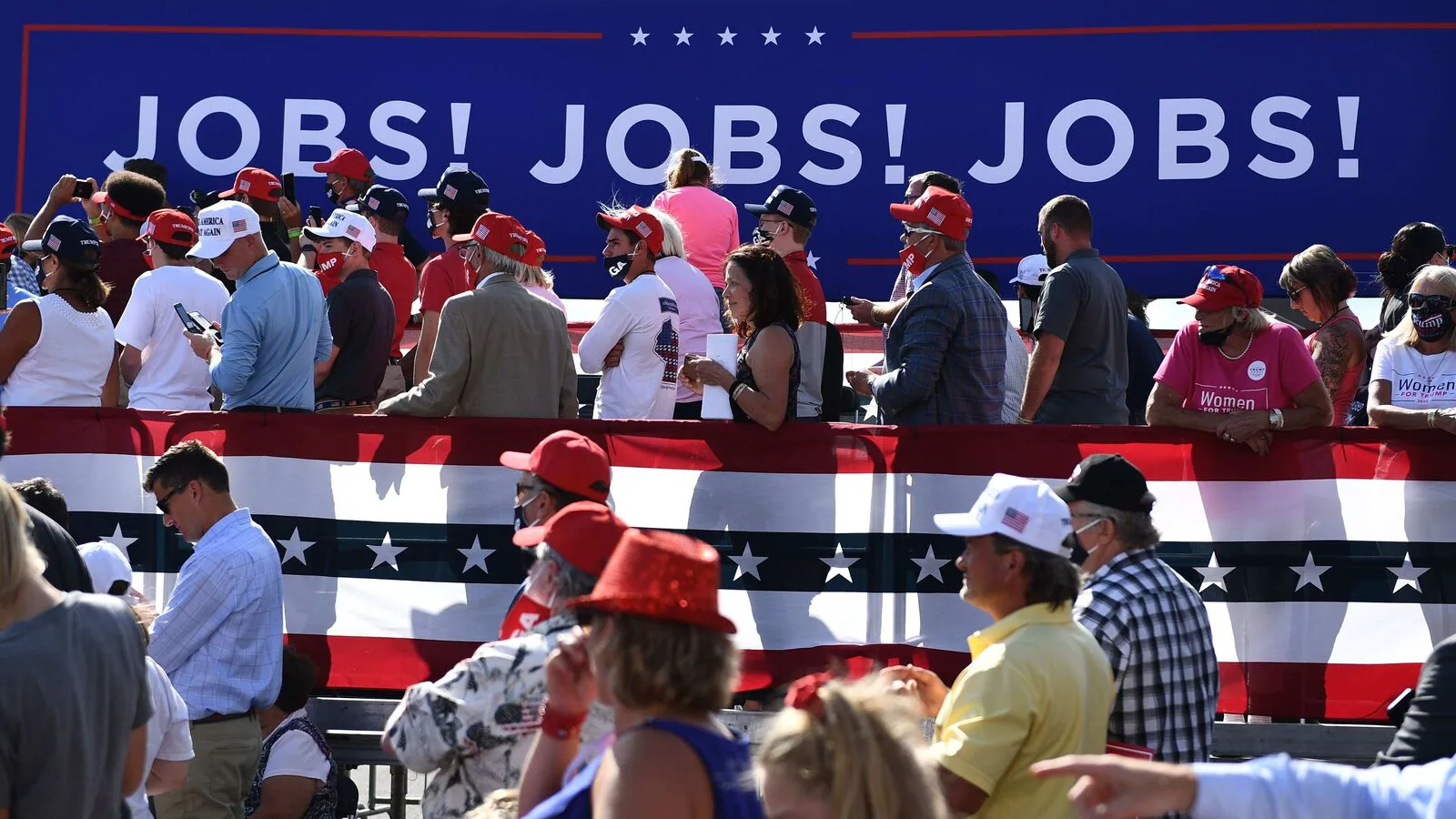A hidden jobs threshold could decide whether America’s economy is slowing, stabilizing, or on the brink of a policy shift from the Federal Reserve.
When economists talk about the health of the U.S. economy, the focus is often on inflation, wages, or headline job numbers. But beneath those big figures lies a quieter statistic now drawing unusual attention: the “breakeven” job creation level. This measure tracks how many jobs the economy must add each month to keep unemployment stable—and it could prove crucial in understanding where the labor market, and interest rates, are headed next.
What Is the “Breakeven” Job Creation Rate—and Why It Matters
The breakeven job creation rate is calculated as Labor Force Growth × (1 − Unemployment Rate)—the minimum pace of job gains needed to absorb new entrants into the workforce and keep unemployment steady according to the Federal Reserve Bank of St. Louis. Historically, economists pegged this figure between 70,000 and 110,000 jobs per month, but recent conditions have pushed estimates much lower.
As of mid-2025, fresh research from Brookings and AEI suggests that due to reduced immigration and labor force shrinkage, the breakeven range has plunged to as low as 10,000 to 40,000 jobs per month, a dramatic shift from recent norms reported by Investopedia.
How Do Current Job Gains Compare?
Over the long term, the U.S. has averaged around 147,000 new jobs monthly, according to BLS data. July’s total of 73,000 jobs was notably weaker—but if the economy now needs far fewer jobs to keep unemployment stable, this weaker-than-average number may not signal immediate danger according to Reuters.
What’s Driving the Breakeven Rate Down?
A key driver is America’s tightening immigration policy. Slower growth in the labor supply—especially among foreign-born workers—means fewer job additions are needed to absorb the new workforce and preserve stable unemployment.
Some forecasts, such as from Goldman Sachs, anticipate breakeven needs could fall to 70,000 jobs per month by year-end 2025. Others see this figure dropping even further—to 50,000—depending on how sharply immigration slows.

A prominent American flag featuring a “Now Hiring” sign symbolizes the current push for job creation across the U.S. labor market.
How the Fed Interprets the Breakeven Metric
Federal Reserve officials may be less alarmed by slower job creation if unemployment remains steady—because a shrinking labor force alters the interpretation of job gains. Fed Chair Jerome Powell emphasizes that both job demand and breakeven rate have declined in parallel, creating a seemingly balanced labor market according to The Wall Street Journal.
Contextual Insights: Trends and Structural Shifts
Historical Perspective: Declining Trend Job Growth
Economic models from the Chicago Fed have projected that trend employment growth—the number needed to exert downward pressure on unemployment— could fall from 80,000 jobs per month down to around 35,000, largely driven by demographic aging and lower labor force participation. Similar estimates from Penn Fed suggest a normal range between 50,000 and 110,000 jobs per month.
The Risk of Misreading Labor Market Signals
Economists caution that breakeven job numbers may overstate stability if they're based on flawed labor force data. For instance, the Current Population Survey may undercount labor supply amid surging unreported immigration, which could mean the actual breakeven pace is far higher than estimated.
Calculating the Breakeven Baseline
The Atlanta Fed’s Jobs Calculator allows users to explore how changes in population growth and labor force participation influence the number of jobs needed to achieve a target unemployment rate—highlighting how sensitive breakeven levels are to underlying assumptions.
FAQs: What Readers Ask Next
Could a low breakeven number actually mask labor market weakness?
If labor force shrinkage is masking weak job creation, the unemployment rate may stay flat even as actual demand for labor softens—an illusion of stability.
Are breakeven thresholds consistent across sectors and states?
They vary. Regions with older populations or sectors hit by automation may require fewer jobs to hold unemployment steady, while high-growth regions or dynamic industries may still demand stronger job gains.
How does breakeven job growth connect to inflation and Fed policy?
A lower breakeven may reduce pressure on the Fed to cut interest rates since a sluggish job market may reflect shrinking labor supply rather than falling demand—affecting policy decisions related to inflation targeting.
Is breakeven job growth tied to broader economic output?
While related, the breakeven metric focuses solely on labor and unemployment. Through Okun’s Law, shifts in unemployment connect to GDP movements—though real-world data varies due to productivity, workforce participation, and other dynamics.
Conclusion: A Changing Job Math That Reframes Policy Forecasts
The shrinking breakeven job creation rate—from six figures to potentially just a few tens of thousands—captures a deeper shift in the U.S. labor market. Rooted in demographics, immigration, and labor force dynamics, this new equilibrium suggests that policymakers must look beyond raw job numbers to discern true economic momentum. In a turbulent economic climate, the breakeven figure may be the unsung hero—or warning—of what lies ahead.














